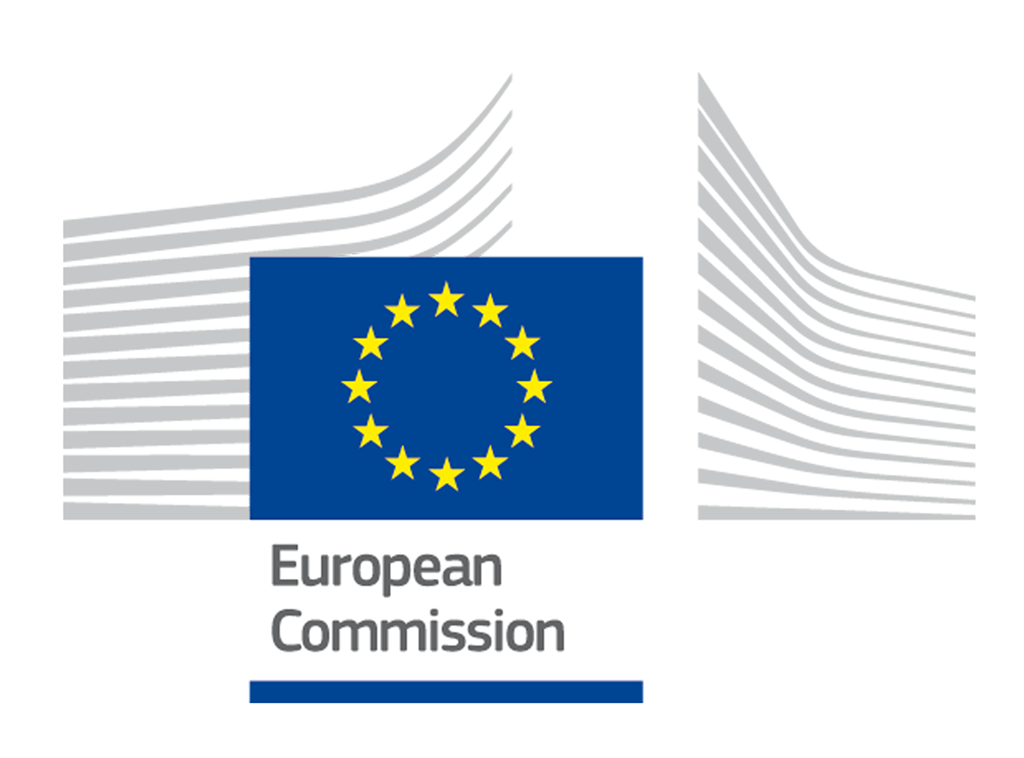Community / Land projects / Sustainable food systems and integrated land/seascape management in the Marshall Islands
Sustainable food systems and integrated land/seascape management in the Marshall Islands

€1921625.354
04/23 - 04/23
Завершено
This project is part of
Implementing Organisations
Donors
Data Providers
Objectives
To transform food systems and integrated land/seascape management in the Marshall Islands to deliver global environmental benefits and health benefits.
Other
Note: Disbursement data provided is cumulative and covers disbursement made by the project Agency.
Target Groups
It is anticipated that the project will generate benefits for 5,000 farmers, fishers, and other local community members (with an estimated 50% women, at least 25% youth), who will have access to sustainable livelihood options. This will be achieved, in particular, through the following outputs:? Output 2.1.1 Demonstration models for sustainable “Blue” food production and consumption pathways, featuring landscape concepts, seascape management, aquaculture, sustainable harvesting of in-shore species, nature-based solutions and circular economy solutions? Output 2.1.2 Demonstration models for sustainable “Green” food production, featuring landscape concepts, landscape resources management, sustainable land management, integrated farming systems, nature-based solutions and circular economy solutions? Output 3.1.3 Establish and strengthen, including training (both formal and informal), value-chains for local produce and local food products markets, including import substitutes? Output 3.1.4 Strategy for improvements of transport infrastructure and services as related to food systemsThe project incorporates specific measures to support women empowerment, as well as youth empowerment and employment in agriculture (see Annex K). Under output 1.2.2 the project will implement a program for the enhancement of human capacities including targeting youth who are currently not in formal employment but contributing to family subsistence living. Complementary measures have been included aiming at training youth, engaging them and their associations in the value-chain, facilitating their access to productive resources, credit and markets, and stimulating youth-friendly business development services.Note: FAO holds a zero-tolerance policy toward child labour. The project will ensure compliance with FAO’s Framework on Ending Child Labour in Agriculture.[1] In line with this framework, youth (15-17 years) can be engaged as beneficiaries for non-hazardous work in line with the definition of the framework. Age-appropriate job training could be provided to youth that are “Not in Education, Employment, or Training” (NEET) to provide opportunities for livelihood improvement. Before undertaking any activities that engage youth aged 15-17 years in job training or any other work-related activities, the PMU will seek additional guidance from the child labour focal point in FAO HQ.Internationally, youth is typically defined as age group between 15-24 years. In RMI, youth is defined as 16-24 years old (in the context of National Vocational Training).[2] The project will aim to collect age- (and sex-) disaggregated data where feasible.Decent Rural EmploymentThe project will support households currently involved in subsistence production only and provide options for local food production that potentially allow them to become involved in commercial activities. Hence, the project is intended to bring about positive changes for local livelihoods. The project will ensure that its activities do not perpetuate poverty and inequality in socially unsustainable agriculture and food systems. Socio-economic surveys and beneficiary surveys and interviews will be conducted by the project team to ensure that the project benefits the vulnerable and the poor, in particular.Also, as noted above, women and youth are identified as focus beneficiaries with specific indicator: 50% women and 25% youth of total direct beneficiaries at the field level.While identified health and safety risks are considered as minor, the project will ensure that adequate measures are taken to endure safety of workers and farmers during these activities (as noted in Annex I1 ESMF) aligned with FAO social and environment guidelines.Finally, through the project life-cycle, the project will apply principles, practices and techniques that are best suited to avoiding the violation of, and promoting the application of core international labour standards, other international labour standards relevant to the agri-food sectors, and national employment and labour laws.[1] FAO (2020). FAO Framework on Ending Child Labour in Agriculture.[2] Ministry of the Education Republic of Marshall Islands (2014). Education for All National Review.



